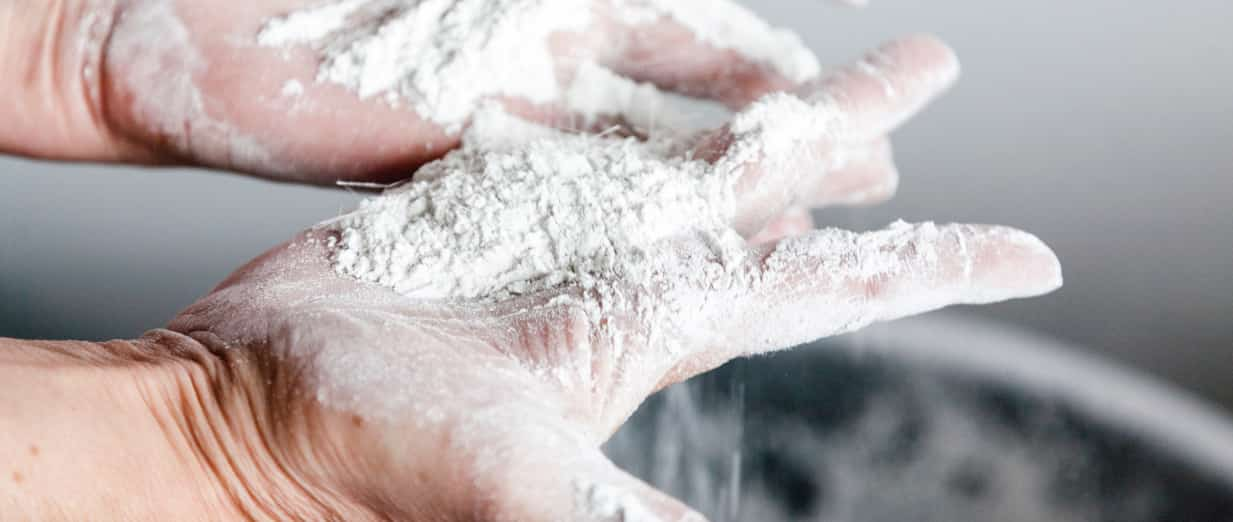INTERVIEW with Sasha de Boer
From the book 'Retour New York-Amsterdam'
Why cement?
Karen Birnholz calls herself a painter, but most of the objects in her studio overlooking the IJ, appear as sculptures. On further inspection they look more like magnified brushstrokes, those colorful concrete blocks on iron rods, thrusting into the air, as if unconscious of their own mass. Karen works with cement mixed with pigments. Heavy materials that produce heavy works of art, and yet they somehow have a light, airy look about them.
How did you come to work in cement?
It was completely by chance. They were repairing the quayside stones in front of my house in Amsterdam, and they had piled up mounds of red bricks in the street. I took a few bricks home with me because I thought they might look beautiful in color. Instead I started making my own brick forms by mixing pigment with plaster. While I was pouring the colored plaster into a mold, I realized that this method had its limitations. To gain more control over the process, I stopped using a mold. That produced larger pieces, and it was a logical next step to shift from plaster to cement, a more robust material.
What do you find so special about cement as a medium?
Cement is an amazing material that really invites you to explore it in more depth. I’ve made pieces that are as delicate as porcelain and others that look plastic. You can do so many things with this material.
Making a work of art is a process of interaction between the artist and his creation. Cement is a material that has to be given the space to speak.
How have your surroundings influenced you?
Amsterdam has a very positive influence on my art. Dutch light is really crucial to the use of color – the reflection from all that water – you can’t help but take a moment to admire the effect it has on everything around you.
So your focus is on color?
One of the biggest changes I went through as an artist was during my studies in Venice, part of my master degree program. I walked into a small store filled with jars of pure pigment and immediately fell in love with the beauty of pure colors. Color is pure emotion, sensual. We are constantly being visually inundated with images and sounds. Many times I need to just close my eyes to give my mind a rest from it all. I want to give the mind a rest with open eyes.
Life is color. Color evokes our senses though our eyes. I like to share the experience and pleasure that pure color gives to me. One of my favorite compliments came from an assistant when he said: “I’d like to eat them.” I don’t think it gets more sensual than that.
Why do you call your pieces paintings?
People always want to stick everything in a box. In contemporary art, that’s very hard to do right now. Artists are exploring and working more and more with different materials. Still, if you look at how a work of art is created, you can assign it to a category like painting, sculpture or object making. I call my art ‘painting with cement’ because the approach is the same as painting. But since the end product is three-dimensional, many people see them as sculpture. For this reason, I have come to the conclusion that my work is a link between painting and sculpture.
Is that why you prefer to call yourself a painter and not a sculptor?
I think you should be faithful to your particular form of artistic expression, and mine just happens to be painting. It’s a constant challenge to combine the principles of painting with the structural complexity of cement. How can I create a piece that is physically in equilibrium and that flows visually like a painting? As in life, it’s a question of balance.
Where do you go from here?
The contradiction between cement and color, between cement and movement… the sensuality of pure color, these are the most important elements in my work. I love to explore the complexities of this material. It continues to surprise and amazed me. As an artist, I have found my medium. I’ll let it take me where it needs to go. Its possibilities are endless.
